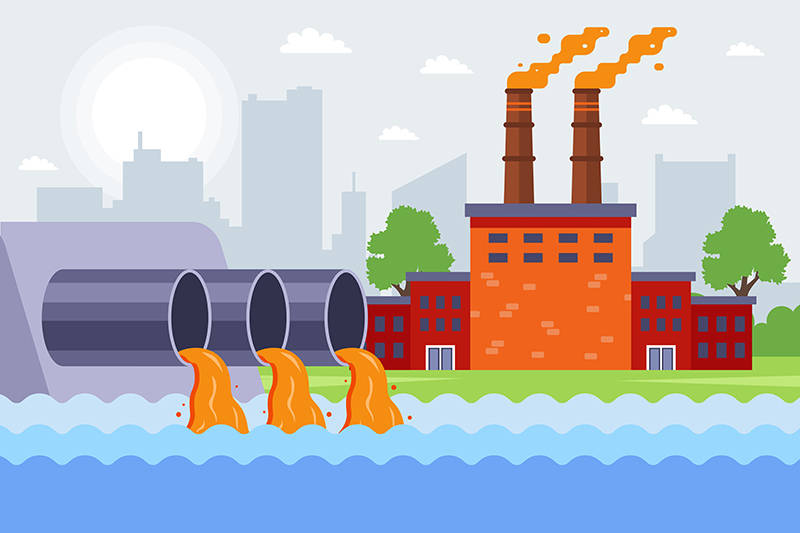Exploring the Applications and Benefits of PAC Poly Aluminum Chloride in Water Treatment
The Role of PAC (Poly Aluminum Chloride) in Water Treatment
Poly Aluminum Chloride (PAC) is an inorganic polymer coagulant widely utilized in water treatment processes, primarily for drinking water and wastewater. Known for its effectiveness in removing impurities, PAC has gained popularity due to its superior performance and practical advantages over traditional coagulants like alum.
Composition and Properties
PAC is synthesized from aluminum hydroxide and hydrochloric acid. It possesses a complex structure composed of aluminum ions and polymeric species, which enhances its coagulation capacity. The unique characteristics of PAC, including its higher charge density compared to alum, allow it to agglomerate fine particles effectively. This leads to improved sedimentation and clarity in treated water.
One of the critical advantages of PAC is its ability to function effectively across a wide range of pH levels, making it versatile for various water conditions. This adaptability ensures that PAC can maintain efficiency in different water sources, whether they be surface water, groundwater, or industrial effluents.
Mechanism of Action
The coagulation process involves neutralizing the charge of suspended particles, allowing them to clump together and form larger aggregates. When PAC is added to water, it dissociates into aluminum ions and polymeric complexes. These positively charged species attract negatively charged particles, including colloids, organic matter, and microorganisms. The resulting flocs can then be easily removed through sedimentation or filtration.
This mechanism not only enhances the removal of turbidity and pollutants from water but also aids in the reduction of disinfection by-products, which are often formed during the chlorination process. Consequently, PAC treatment can lead to safer and more palatable drinking water.
Advantages of Using PAC
pac poly aluminum chloride

One of the significant benefits of PAC is its efficiency in producing high-quality effluent with relatively low dosage rates compared to traditional coagulants. This not only reduces chemical costs but also minimizes sludge generation and disposal issues. The lower sludge volume is especially advantageous for wastewater treatment facilities, as it streamlines the disposal process and reduces environmental impact.
Moreover, PAC is known for its rapid settling properties, which improve the overall sedimentation process and lead to quicker treatment cycles. This attribute is particularly beneficial for water treatment plants that need to process large volumes of water efficiently.
Additionally, PAC has been shown to enhance the removal of heavy metals and other harmful contaminants, making it a preferred choice in industries dealing with hazardous waste.
Environmental Impact and Safety
Even though PAC is effective, its environmental safety is worth considering. PAC generally poses a lower risk than some traditional coagulants, as it has a reduced potential for harmful by-product formation. The aluminum content in PAC can be managed effectively to minimize health risks, especially in drinking water applications.
Furthermore, the use of PAC aligns with the principles of sustainable water management by improving the efficiency and effectiveness of water treatment processes while reducing waste and energy consumption.
Conclusion
In summary, Poly Aluminum Chloride is a vital component in modern water treatment practices. Its unique properties, effective coagulation mechanisms, and environmental benefits make it essential for ensuring safe and clean water for various applications. As water quality standards continue to evolve, PAC will likely remain a cornerstone in the pursuit of efficient and sustainable water treatment solutions. The ongoing research and development in this field promise to enhance its application even further, ensuring that we can meet the growing demand for clean water in environmentally conscious ways.
-
Understanding Polycarboxylic Acids: Properties, Applications, and Future PotentialNewsJul.28,2025
-
Scale Inhibitor Explained: How to Protect Your System from Limescale and Hard Water DamageNewsJul.28,2025
-
Scale and Corrosion Inhibitors: Essential Chemicals for Industrial Water System ProtectionNewsJul.28,2025
-
Polyaspartic Acid: A Biodegradable Polymer for Sustainable ChemistryNewsJul.28,2025
-
Isothiazolinones: A Versatile Antimicrobial Class with Industrial Power and Regulatory ChallengesNewsJul.28,2025
-
A Deep Dive into 2-Phosphonobutane-1,2,4-Tricarboxylic Acid (PBTC)NewsJul.28,2025





